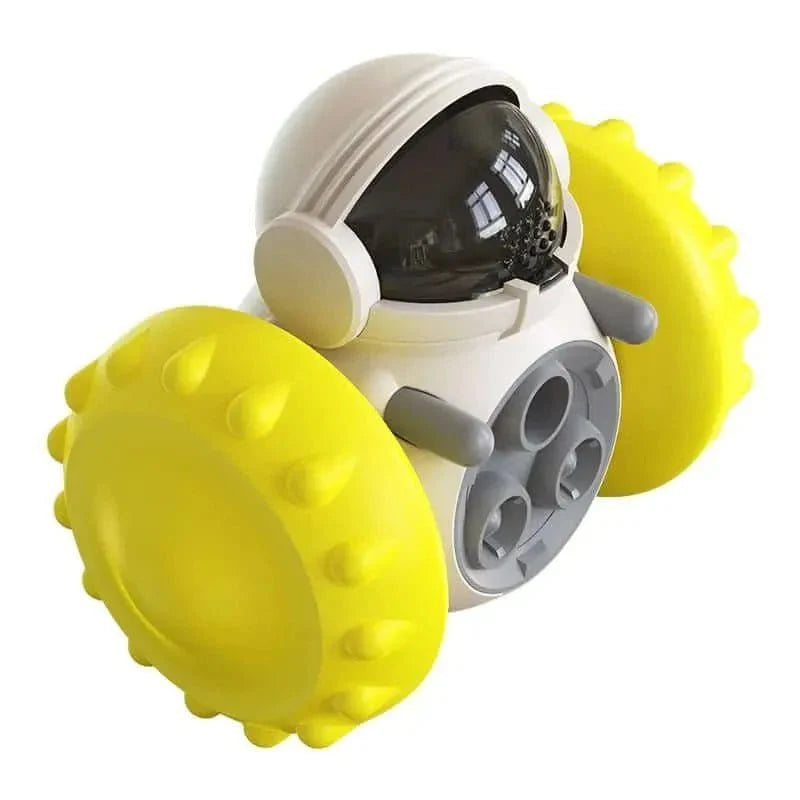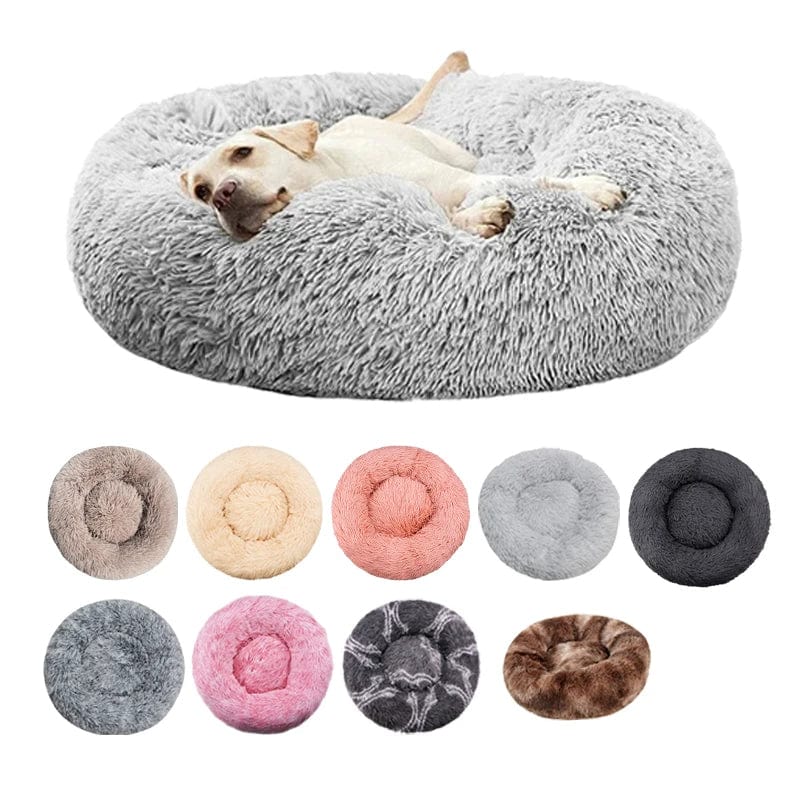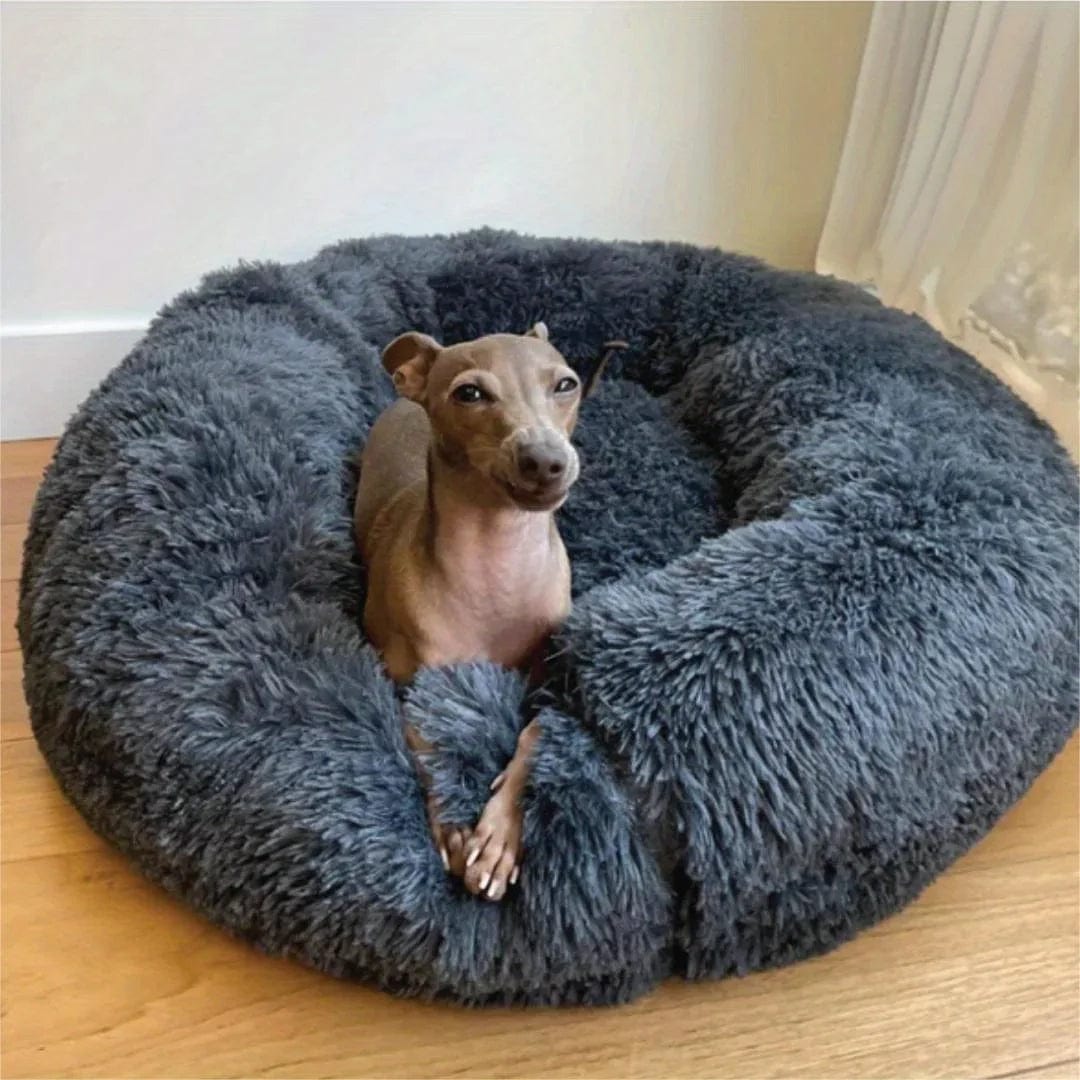Frequently Asked Questions
1. What are slow feeders and how do they work?
2. Why is the speed at which my dog eats important?
3. What are the benefits of using a slow feeder for my dog?
4. How do I choose the right slow feeder for my dog?
5. How can I introduce a slow feeder to my dog?
As pet owners, we constantly strive to ensure that our furry friends lead healthy, happy lives. One of the simplest yet most effective ways to aid in your dog's digestive health is by incorporating slow feeders into their feeding routine. In this blog post, we'll explore how slow feeders work, their numerous benefits, and how they can improve your dog's overall well-being.
Understanding Slow Feeders
Before diving into the benefits, let's define what slow feeders are. Slow feeders are specially designed feeding bowls that encourage your dog to eat at a slower pace. Unlike traditional bowls that provide easy access to food, slow feeders feature ridges, obstacles, or maze-like structures that make it challenging for your pet to gulp down their meals quickly.
Why Does Eating Speed Matter?
Your dog's eating speed can significantly impact their health. Rapid eating can lead to various issues such as:
- Choking Hazards: Fast eaters are at a higher risk of choking, especially if they are gulping down larger pieces of kibble.
- Obesity: Dogs that eat too quickly may not realize when they are full, contributing to overconsumption.
- Digestive Issues: Gulping food can lead to gas, bloating, and overall discomfort in your pup's stomach.
- Behavioral Problems: Fast eaters might display aggression or anxiety during meal times, especially if there are other pets nearby.
Benefits of Slow Feeders for Your Dog's Digestive Health
Slow feeders provide an engaging and healthier way for your dog to have their meals. Here are some key benefits:
Improved Digestion
When dogs eat too quickly, they often swallow large air bubbles along with their food, which can lead to bloating and discomfort. Slow feeders encourage dogs to take smaller bites and chew their food properly, making it easier for their digestive systems to break it down.
Reduced Risk of Bloat
Bloat, or gastric torsion, is a dangerous condition that can affect deep-chested dog breeds. By slowing down their eating pace, you can significantly reduce the risk of bloat. Slow feeders effectively help your dog manage their portion sizes, minimizing the space for excess air in their stomachs.
Encourages Mindful Eating
Slow feeders turn mealtime into an engaging activity. As dogs navigate through the obstacles, they become more mindful about their dining experience. This mental stimulation can lead to increased satisfaction and pleasure during meals, fostering a positive relationship with food.
Helps with Weight Management
Because slow feeders slow down the eating process, dogs take longer to finish their meals. This often leads to them feeling full sooner, which helps with portion control and can be a valuable tool for overweight dogs or those prone to obesity. Controlling portion sizes and slow feeding can lead to healthier weight management practices.
Improved Oral Health
Chewing slowly and thoroughly not only aids digestion but also promotes better dental health. As your dog works to access their food in a slow feeder, they are engaged in chewing, which helps remove plaque and tartar buildup on their teeth. This natural cleaning process contributes to overall oral hygiene, reducing the risk of dental diseases.
How to Choose the Right Slow Feeder?
When deciding on a slow feeder for your dog, consider the following factors:
- Size: Ensure that the slow feeder is the appropriate size for your dog. A bowl that's too small may lead to spills, while one that's too large may encourage your dog to eat more than necessary.
- Material: Look for durable materials that are easy to clean. Ceramic or stainless steel options can be great for long-lasting use.
- Design: Choose a design that suits your dog's eating style. Some dogs prefer to nibble, while others may need a more complicated maze to take their time.
- Dishwasher Safe: For convenience, select a slow feeder that can be easily cleaned in the dishwasher.
How to Introduce a Slow Feeder to Your Dog?
Transitioning your dog to a slow feeder can be a smooth process if you follow these steps:
- Start Slow: If your dog is accustomed to eating quickly, introduce the slow feeder gradually. Allow them to explore the new bowl without food first.
- Use Familiar Food: Initially, place your dog's regular kibble in the slow feeder. This way, they have an easier time adjusting to the new feeding method.
- Monitor the Process: Keep an eye on your dog during their meals to ensure they’re adapting well to the slow feeding. They may need guidance the first few times.
- Be Patient: Some dogs require more time than others to adjust. Be patient and supportive as they learn to navigate their new feeding dish.
Additional Tips for Supporting Digestive Health
Beyond slow feeders, here are a few other strategies to promote your dog’s digestive health:
- Balanced Diet: Ensure that your dog is receiving a balanced diet rich in nutrients. Consult with your veterinarian to select the best food for your dog’s needs.
- Regular Exercise: Physical activity plays a significant role in healthy digestion. Regular walks and playtime can help stimulate digestion and keep their metabolism active.
- Hydration: Always provide fresh water to keep your dog hydrated, as water aids in the digestion process.
- Routine Vet Visits: Regular check-ups can help catch any digestive issues before they become serious. Communicate with your vet regarding any changes in your dog's eating habits or overall health.
Make Mealtimes More Fun!
Incorporating a slow feeder into your dog’s feeding routine can enhance their digestive health while also transforming mealtime into a fun and stimulating experience. Not only will your pup enjoy their food more, but they will also reap the numerous health benefits associated with slow eating. By being proactive and taking steps to manage your dog’s eating habits, you're contributing to their overall happiness and well-being.
So why not give it a try? Invest in a slow feeder and watch your furry friend thrive, one bite at a time!



